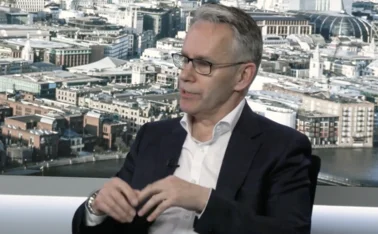
Spotlight on Digital - Mixed views on digital transformation impact on customer experience

Digital transformation is fundamental to insurers’ drive for customer-centricity and future competitiveness, but a misalignment in strategic goals between boardroom and business is slowing progress, says Rosie Beasley, global senior industry marketing manager, insurance, at Blue Prism.
When it comes to major events that impact people, economies and environments, insurance is firmly on the frontline. In the last few years, the industry – traditionally slow to modernise – has been
Only users who have a paid subscription or are part of a corporate subscription are able to print or copy content.
To access these options, along with all other subscription benefits, please contact info@postonline.co.uk or view our subscription options here: https://subscriptions.postonline.co.uk/subscribe
You are currently unable to print this content. Please contact info@postonline.co.uk to find out more.
You are currently unable to copy this content. Please contact info@postonline.co.uk to find out more.
Copyright Infopro Digital Limited. All rights reserved.
As outlined in our terms and conditions, https://www.infopro-digital.com/terms-and-conditions/subscriptions/ (point 2.4), printing is limited to a single copy.
If you would like to purchase additional rights please email info@postonline.co.uk
Copyright Infopro Digital Limited. All rights reserved.
You may share this content using our article tools. As outlined in our terms and conditions, https://www.infopro-digital.com/terms-and-conditions/subscriptions/ (clause 2.4), an Authorised User may only make one copy of the materials for their own personal use. You must also comply with the restrictions in clause 2.5.
If you would like to purchase additional rights please email info@postonline.co.uk








